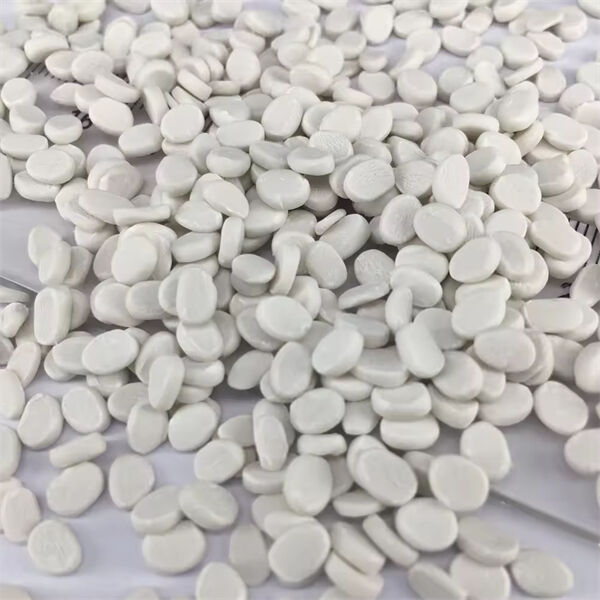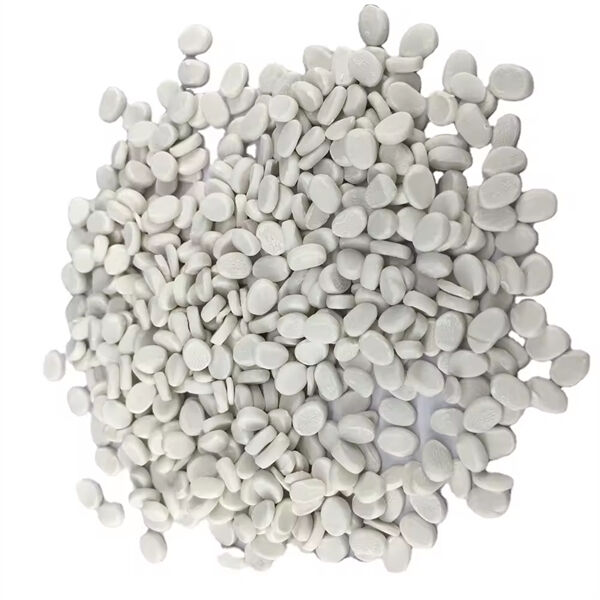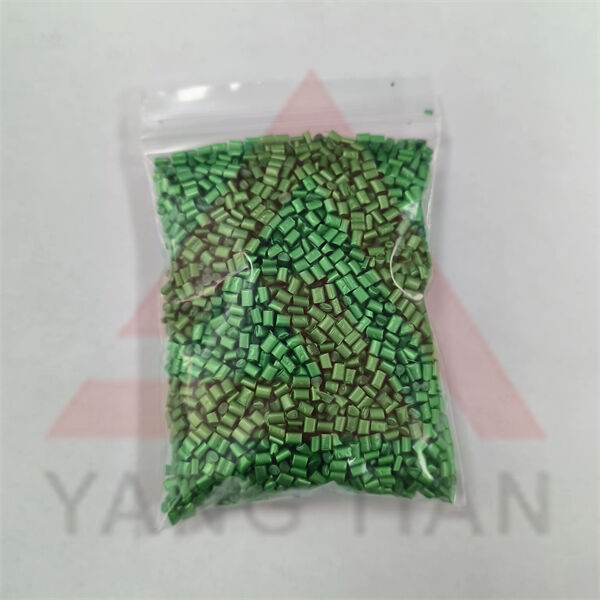Have you ever stopped to think about how the plastic bags we use daily are made? Believe it or not, plastic bags start out as oil! That oil is called petroleum, and it comes from deep underground. Petroleum is a special type of resource because, once gone, it cannot be replaced. It must be turned into a raw material we can work with to make plastic bags from this petroleum.
A significant amount of valuable raw materials, energy, and water is used in the manufacture of plastic bags. Unfortunately, this process not only consumes resources; it generates waste and pollution that can be harmful to our environment. Because plastic bags are not biodegradable, they do not decompose naturally in a short period of time, as can some other materials. As such, when plastic bags wash out to sea or onto the land, they can create major complications for the animals and ecosystems inhabiting those environments. Sea turtles, for example, can mistake plastic bags for jellyfish, which is what they eat, and this can make them really sick.
The common material used to manufacture plastic bags is polyethylene. Polyethylene is a plastic derived from petroleum. It consists of long chains of microscopic particles known as carbon and hydrogen atoms, which make it strong yet flexible. The two types of plastic that are used to make plastic bags are high-density polyethylene (HDPE) and low-density polyethylene (LDPE). HDPE is the stronger of the two and, therefore, durable and capable of holding heavy items. Unlike HDPE, LDPE is more flexible, giving it the ability to stretch and be used for various types of bags.
Plastic bags are made through a process called extrusion. The polyethylene is first melted down and mixed with, well, other stuff — colors or fillers, for instance. This combination constitutes a masterbatch. After that the masterbatch is charged in a special machine that is called extruder. The extruder further heats and melts the polyethylene. It utilizes a special tool known as a die to shape that melted plastic into a long tube. Once this tube is formed, it is cooled down and then cut to the proper size and shape. And this is how we get the plastic bags we use on a daily basis to go grocery shopping or carry our lunches!

Yes, we definitely can! They are very helpful and make life easier for us, but they can have a harmful effect on our environment. Fortunately, there are far less toxic alternatives to lightening your load of waste and pollution. Biodegradable plastic is one such option. Biodegradable plastic is a type of plastic created from natural materials such as plant starch, and what makes it special is its ability to disintegrate at a much faster rate in the environment than normal plastic. That means that when biodegradable plastic bags are disposed of, they won’t linger around for hundreds of years like conventional plastic bags.

Or another wonderful option is to use reusable bags. Reusable bags are usually made out of cloth or mesh, and can be used multiple times. We can bring our own reusable bags rather than being given a fresh plastic bag every time we go shopping, and help reduce the amount of plastic bags that get created and disposed of.

At Environmental Masterbatch, we believe in developing solutions that contribute to the prevention of plastic bags to our environment. We create masterbatch based products from raw materials and we have the for the polyethylene used in plastic bags. This allows the plastic bags to degrade more swiftly and, as a consequence, less damagingly, to wildlife and ecosystems.